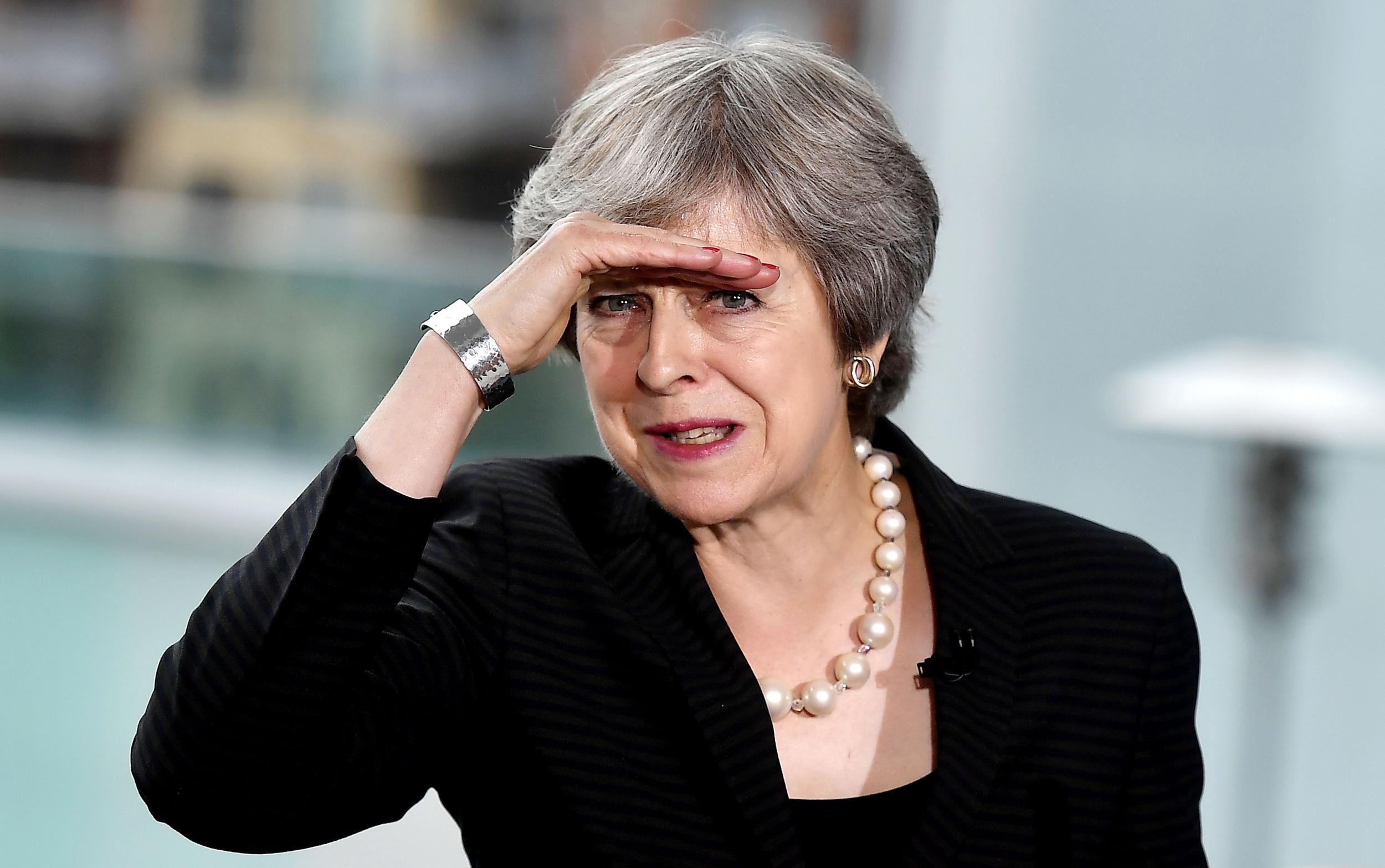Are there really any viable ‘alternative arrangements’ for the Irish border?
Analysis: Theresa May will go to Brussels under instructions from MPs to seek a new solution to the Irish border issue. But does one exist? Ben Chu looks at the evidence


Theresa May is returning to Brussels to try to renegotiate the European Union withdrawal agreement to make it acceptable to a majority of MPs in the House of Commons.
But what will she ask for?
On Tuesday night almost all of her party’s MPs and a majority of the Commons voted in favour of an amendment put forward by the senior Tory backbencher Sir Graham Brady calling for the Irish backstop (the insurance clause that says the entire UK will remain in an EU customs union if there is no EU free trade deal struck that manages to avoid a hard border in Ireland) in the withdrawal agreement to be replaced with unspecified “alternative arrangements”.
Downing Street’s logic is that, if the EU agrees to this, the agreement she brings back will finally make it through the Commons.
But what might these alternative arrangements be? Even if the EU was prepared to reopen the withdrawal agreement, do they really exist?
The “Malthouse Compromise”, a proposal put together by Tory MPs from both wings of the party, refers to a “protocol” to replace the backstop in a document put out last month called “A better deal”. This was written by Shanker Singham of the Institute of Economic Affairs, a think tank with opaque funding.
This protocol offers various technological and procedural measures – including, among other things, customs checks away from the border and a new regime of regulatory equivalence between the UK and EU – which would supposedly eliminate any new frictions on the Irish border as a result of the UK leaving the EU customs union and single market.
But how credible is it?
Dr Katy Hayward of Queen’s University Belfast says its provisions for policing standards and preventing smuggling would not be secure.
“[Its] ‘self-assessment’ and ‘periodic declarations’ simply do not provide data that is substantive enough for managing movement of goods between different customs and regulatory regimes,” she says. “Secondly, computerised risk analysis without the means of intervention is pointless.”
Sam Lowe of the Centre for European Reform agrees that the document is not credible in terms of policing.
“Can you do it without physical infrastructure? Maybe. Can you do it without a significant uptick in ‘associated checks’? I don’t think so. Would it still constitute a border in many peoples’ minds and be disruptive? I think yes,” he says.
In other words, if the Singham plan is the only alternative to the Irish backstop that Theresa May can offer to Brussels her renegotiation effort looks likely to be short and unsuccessful.
Got an unanswered question about Brexit? Send it to editor@independent.co.uk and we’ll do our best to supply an answer in our Brexit Explained series
Join our commenting forum
Join thought-provoking conversations, follow other Independent readers and see their replies
Comments